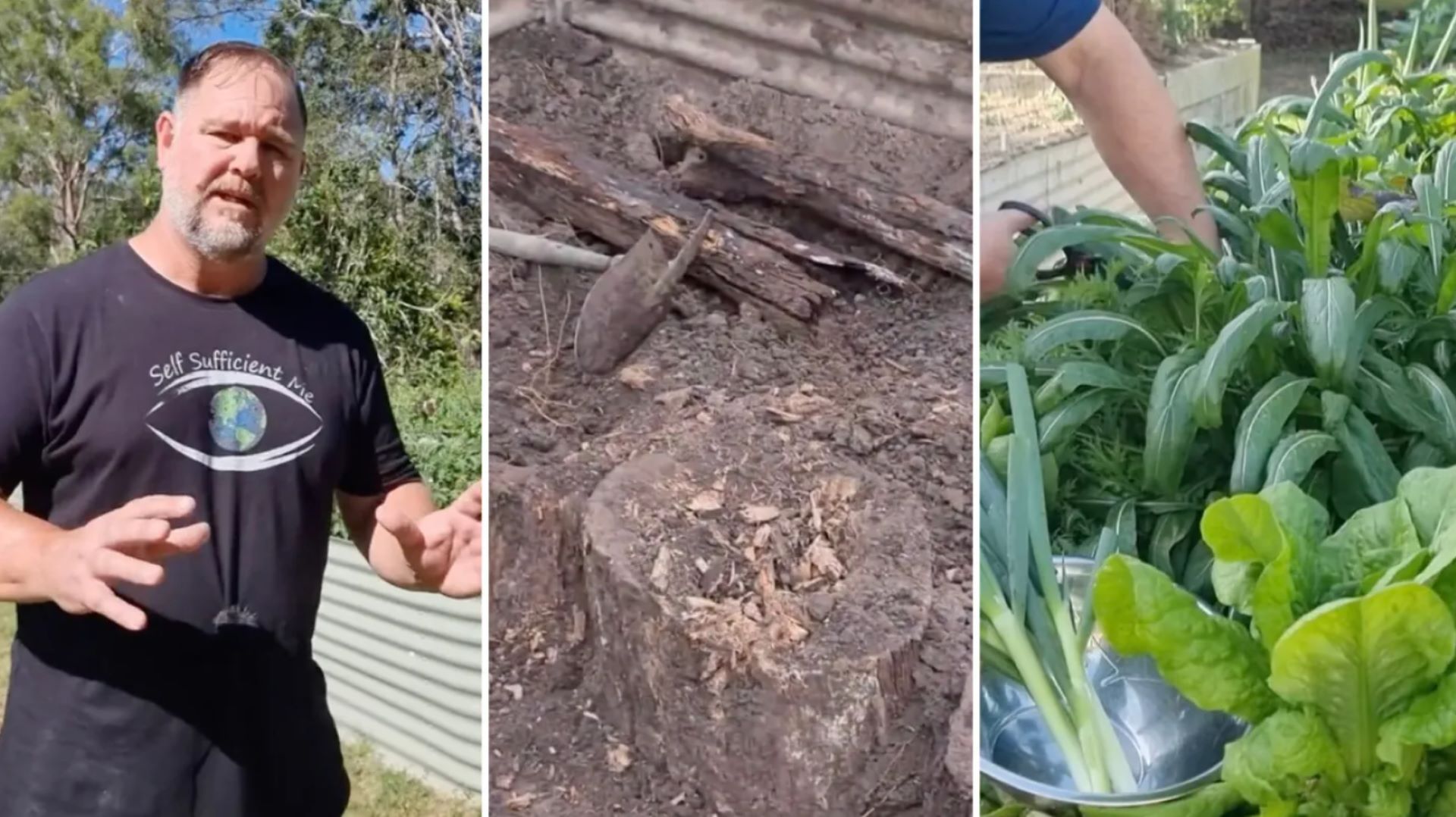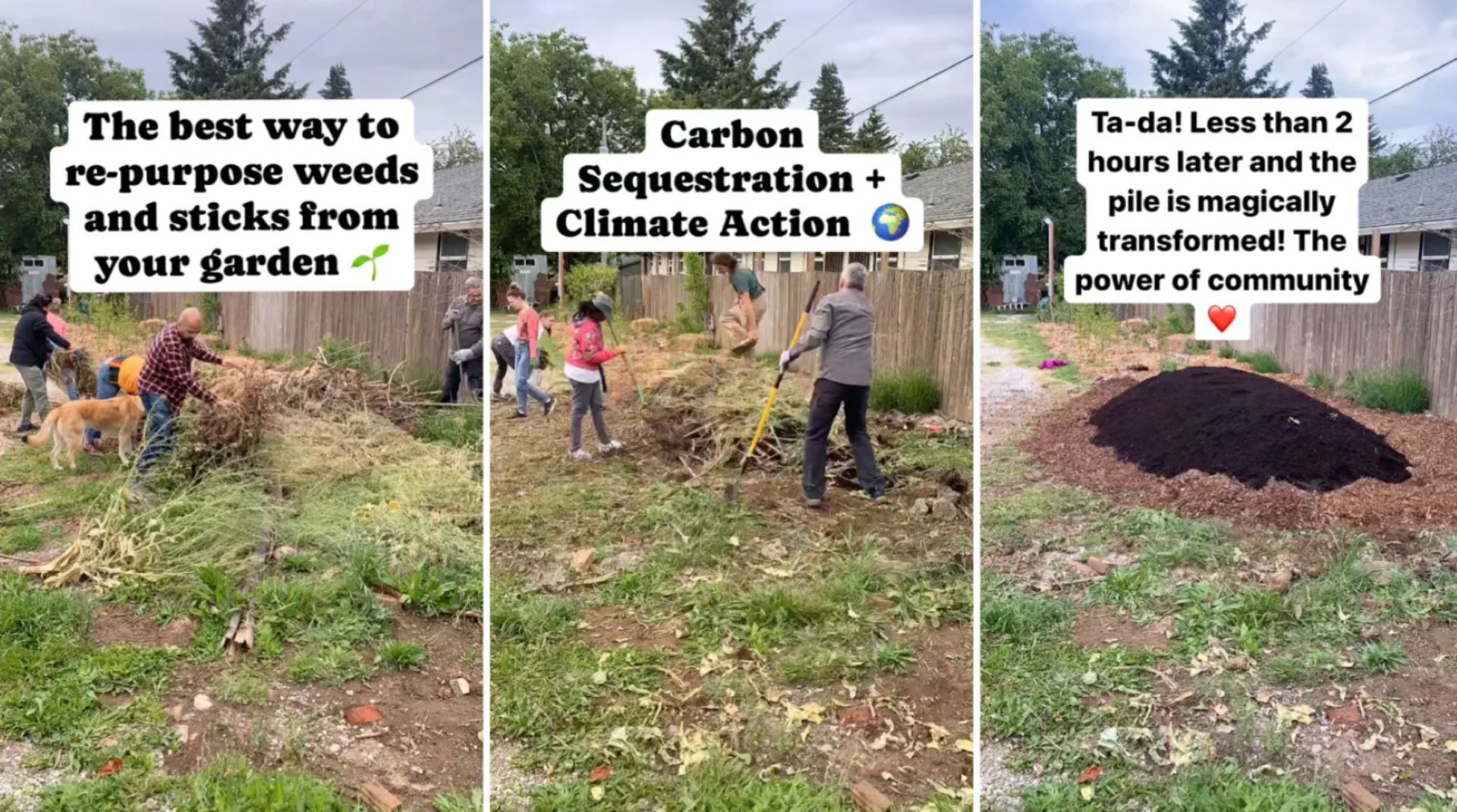Every day, humanity is coming up with new and better ways to achieve even bigger goals. But sometimes, old ideas are the best ideas — that's why they've stuck around so long. It's especially true when it comes to growing plants, which humans have been doing for millennia.
Here are a few gardening hacks from the ancient past.

Hand watering plants can be time-consuming, and the water may evaporate throughout the day, wasting it. Instead, you can create a small reservoir of water by burying a flower pot up to its rim in the soil, filling it with water, and covering it with a lid. Since terracotta is porous, the water will seep out slowly into the soil, watering nearby plants from the bottom up.
Read more →
Hügelkultur

Raised garden beds can be a convenient way to grow food or flowers, but that's a lot of volume to fill to bring the soil level up to the height you want. You could use soil, but a better alternative is to fill the space with wooden logs and place soil only on top.
The logs will use up lots of space, and over time, they'll start breaking down. This provides nutrients to your plants and attracts beneficial soil dwellers like worms.
Read more →
companion planting

Pests in the garden can harm your harvest, but you don't have to resort to insecticide to get rid of them — that would kill the beneficial bugs too.
Instead, just plan your garden layout with pest control in mind. Some plants, like basil, rosemary, and lavender, work as natural pest repellents due to their strong scents, which bugs don't like. Plant pest-repelling herbs near vulnerable plants like tomatoes to keep away the bugs. You can also use bait plants like nasturtiums — if done right, the bugs will snack on them and leave your produce alone.
Read more →

You can't let weeds grow wherever they want around your garden, or they'll steal resources. But once you've removed them, what do you do with them? It's Hügelkultur to the rescue once again.
Place large logs in a pile, then cover them with thinner wood such as sticks and trimmed branches, then cover them with smaller plant material like weeds, then add a thick layer of compost. The result is a mound-shaped bed with built-in fertilizer. The thinnest materials will break down first, providing nutrients in the short term, while the thicker wood supplies food for plants in the long term.
Read more →
Join our free newsletter for easy tips to save more and waste less, and don't miss this cool list of easy ways to help yourself while helping the planet.









